Interviewsand Articles
Editors Introduction w&c #22: Warnings and Prayers
by , Jan 21, 2017

Chester Arnold, Fate of Durable Goods [detail], 1999, oil on canvas, 42" x 50"
As a theme, “warnings and prayers” fits the times. It also fits the work of the artists in this issue in one potent way or another. Take Chester Arnold's paintings, for instance (front cover, back cover, inside front and back covers). They speak powerfully and, in our interview with this wonderfully articulate artist, we learn about his own journey and his thinking about painting and teaching..jpg)
While Elaine Ling’s remarkable photographs could hardly be called warnings, many evoke another time and other cultures in which spirits and ancestors were still part of life. The statuary in her photos seem, if not prayer-like, at least way-stations towards contact with hidden realities. She came to my attention out of the blue and looking at her photographs, I was immediately taken. 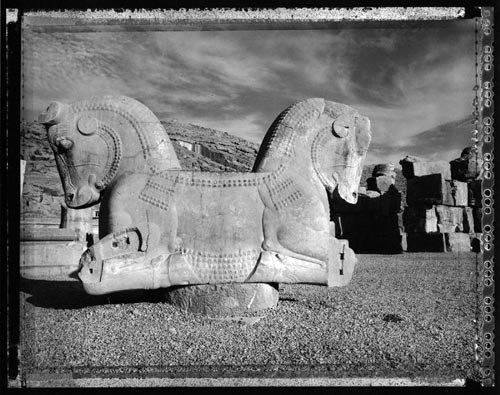
That several of her photos are from Mongolia gives them an unexpected resonance with our interview with Peter Kingsley, an edited version of which appeared earlier in Parabola magazine. Searching for images to go with the interview, Kingsley discovered the photography of Hamid Sardar-Afkhami who agreed to let us use three of his photos. In their beauty and drama, they seem to come from the world of myth. So much the better because, as Kingsley would argue, one of the most important things we’ve forgotten are the deeper dimensions that myth tries to make visible and that are really part of life.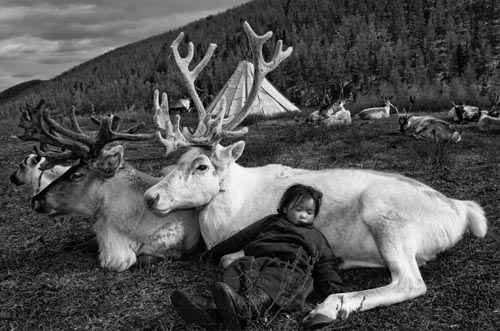
Accomplished sculptor David Middlebrook contributes two sculptures that seem like images from a dream. And it’s clear he intends them to speak as a dream might. As so many artists must often feel, an unspoken prayer lies beneath their work. And certainly, warnings and prayers could hardly be more apt in reference to Emmanuel Vaughan-Lee’s current work in progress, Elemental, a feature-length film. Water is the subject—water as the source of life on this planet. Ever since founding Global Oneness Project, Vaughan-Lee has been asking how the media might wake us up to the interconnectedness of all life on this planet—and to the consequences of ignoring this web of relatedness. Like air and sunlight, we hold water in common; and in common we will pay for the consequences of our failure to protect it from pollution.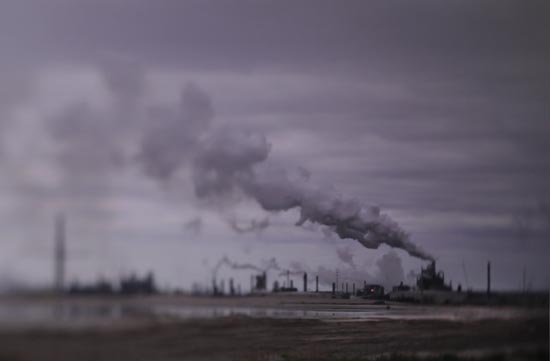
It’s not a big step to go from water to plastic, especially in the light of pollution. Independent curator Anne Veh is an old friend of Judith Selby Lang and her husband, Richard Lang. She contributes an account of a day at Kehoe Beach spent with the Langs collecting plastic debris that washes onshore every day from all over the world. For 11 years and counting, the Langs have been collecting this ocean-borne trash along a thousand-yard stretch of beach. 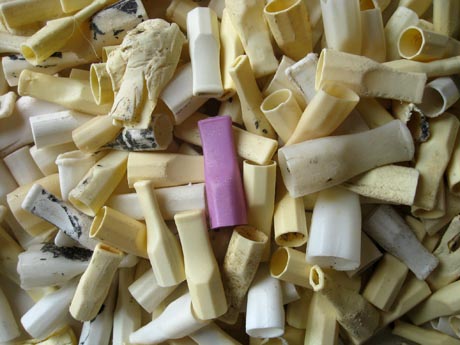
They turn it into art as a way to raise awareness of this pernicious global phenomenon. The Langs might not use the word prayer to describe their effort, but it doesn’t seem like much of a stretch.
We also bring you part seven of Enrique Martínez Celaya’s meditation on art and values, Guide. This book, as I never tire of repeating, is like a hidden diamond in the artworld. “Without the roots of life, why should art exist at all?” Just hearing such a question, asked without apology, gives me a feeling of gratitude.
Gabriel Russo’s vignettes of his days as a young man from Brooklyn working as a fabric cutter in Manhattan’s garment district have that rare quality of bringing a world to life. 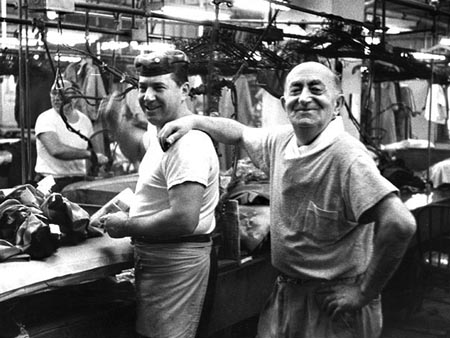 I wasn’t sure how to weave his writing into our theme, but decided not to worry about it. Here’s Russo on a garment-business errand, “When it was my turn, I leaned in and told him, “Louie sent me.” He nodded, fished around in his pocket and pulled out some papers and handed one to me and said, “Go see Big Frank up the street.”
I wasn’t sure how to weave his writing into our theme, but decided not to worry about it. Here’s Russo on a garment-business errand, “When it was my turn, I leaned in and told him, “Louie sent me.” He nodded, fished around in his pocket and pulled out some papers and handed one to me and said, “Go see Big Frank up the street.”
And in this issue, after nearly twenty years, the adventures of Indigo Animal reach a denouement. The first panel (which appeared in w&c’s predecessor, The Secret Alameda) found Indigo Animal standing on the front porch of a Victorian house facing a new day. The caption read, “Every morning Indigo wonders, ‘What is my purpose in life?’” The next panel read, “On long solitary walks Indigo found there were no easy answers. Nevertheless, the beauty of lawn statuary comforted this perhaps overly serious animal." As readers will attest, there’s nothing out there quite like Rue Harrison's Indigo Animal. 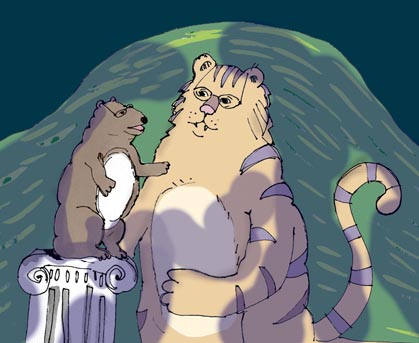
And she is at work on a book of the entire story [editor’s note: now finished.]. Not to worry, however. I'm sure Indigo Animal’s adventures will continue.—rw
About the Author
R. Whittaker is the founding editor of works & conversations and West Coast editor of Parabola magazine.
SUBSCRIBE NOW
TO OUR MONTHLY NEWSLETTER









Share Your Comments and Reflections on this Conversation: